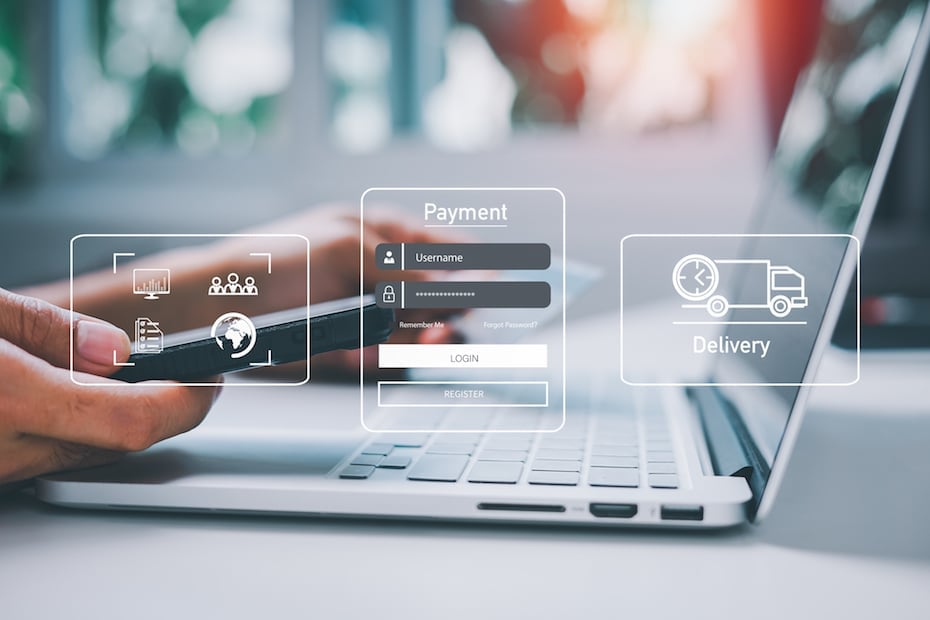
The convenience of card payments has revolutionized the way we shop, travel, and manage money. Whether using credit, debit, or digital wallets, electronic payments are now central to everyday life. However, as this technology becomes more embedded in our routines, so does the risk of fraud and data theft. Recently, discussions have surfaced around malicious platforms like the blackcat site, highlighting the darker side of payment digitization.
This blog explores how consumers can protect themselves while enjoying the convenience of modern card payments.
The Rise of Card Payments—and the Risks That Follow
Electronic payments offer speed, efficiency, and transparency. Whether online or at physical stores, using cards ensures smooth transactions. Yet, with every swipe, tap, or online checkout, sensitive data is exchanged—and that’s exactly what cybercriminals target.
Malicious actors often exploit weak security systems, compromised websites, and phishing schemes to harvest personal and financial information. The blackcat site, for example, is associated with ransomware operations and cybercrime campaigns targeting users and payment systems alike. These platforms aim to either steal card data or extort businesses by encrypting their transaction records and demanding payment for decryption.
How to Spot and Avoid Fraudulent Payment Portals
Understanding how to identify suspicious platforms is crucial to avoiding data theft. Here are key red flags to watch for when using online payment systems:
- Poor Domain Reputation: Always check if a website has valid HTTPS encryption and if it appears on security blacklists. If a domain is associated with malicious activity—like the blackcat site—avoid it completely.
- Unusual Payment Requests: Be wary of merchants asking for card information outside of secure gateways. Legitimate businesses use trusted third-party processors.
- Fake Checkout Pages: Fraudsters may clone real websites to trick users into entering card details. Always double-check URLs and look for subtle misspellings.
Best Practices for Card Payment Security
To protect your data during every transaction, consider the following:
- Use Virtual Cards: Many banks and fintech services offer virtual cards for online purchases. These have limited lifespans and help reduce the risk of long-term exposure.
- Enable Transaction Alerts: Real-time SMS or app notifications help you track every card transaction and respond quickly to unauthorized activity.
- Two-Factor Authentication (2FA): Ensure your banking and payment apps require 2FA for added security.
- Avoid Public Wi-Fi: Refrain from entering payment information when connected to unsecured networks.
What Businesses Must Do to Protect Users
Consumers aren’t the only ones responsible for maintaining payment security. Merchants and service providers must:
- Follow PCI-DSS compliance standards.
- Use tokenization and encryption to protect customer data.
- Perform regular security audits and train staff in cybersecurity hygiene.
Ignoring these practices can leave businesses vulnerable to breaches, with consequences ranging from financial loss to reputational damage—especially if users are targeted by malicious operators like those associated with the blackcat site.
Final Thoughts
Card payments offer remarkable convenience, but they come with serious responsibilities for both users and businesses. As cybercrime becomes more sophisticated, so must our defenses. By staying informed and adopting proactive safety measures, you can enjoy all the benefits of digital payments—without the risks.
Be cautious of unfamiliar platforms, especially those flagged for malicious activity like the blackcat site, and ensure that your payment habits are as secure as they are seamless
